Module Anchor Phenomena
Grades 3–5
Build Student Curiosity with High-Impact Phenomena
Real-world phenomena provide students with a strong foundation for scientific inquiry and learning. By Grades 3–5, students develop a deeper understanding of scientific methods and practices that help them analyze phenomena and design solutions.
Through hands-on activities, digital investigations, and collaborative projects, students uncover Module Anchor Phenomena that hones their critical thinking and problem-solving abilities.
Find out more about these Module Anchor Phenomena below.

Grade 3, Module: The Ultimate Playground
Module Anchor Phenomenon: The Dragon Ride can be moved without a person touching it. How are objects affected by the forces of push and pull?
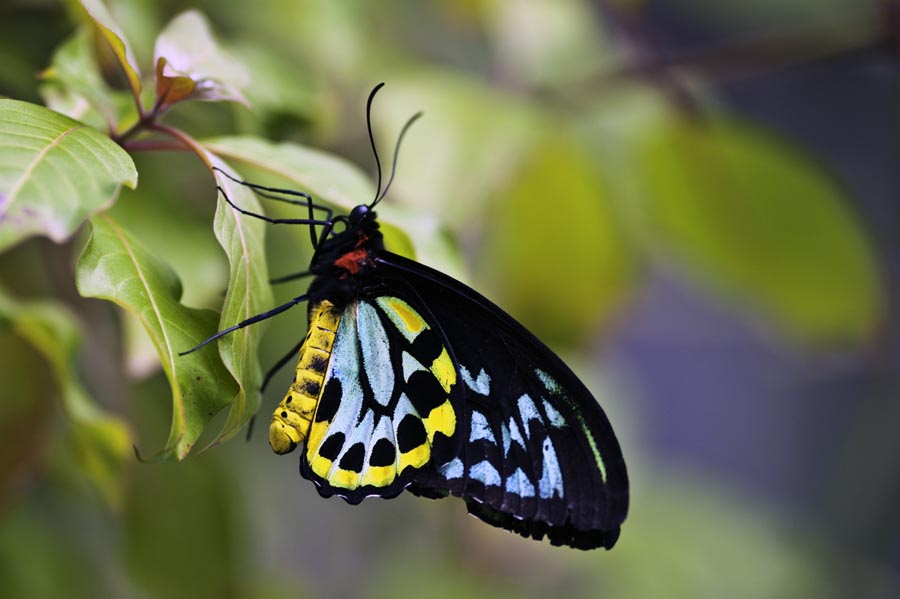
Grade 3, Module: Welcome to the Biodome
Module Anchor Phenomenon: Two painted lady butterflies have similarities and differences as they grow and change, but only one of them is eaten by a bird. How do plants’ and animals’ life cycles help them survive?

Grade 3, Module: How to Survive an Ice Age
Module Anchor Phenomenon: Some types of squirrel can survive in the Arctic, while other types cannot. What is the relationship between an organism and its environment?

Grade 3, Module: Weather Warning HQ
Module Anchor Phenomenon: It is warm in Sydney, Australia, on New Year’s Day. What is the weather like around the world?
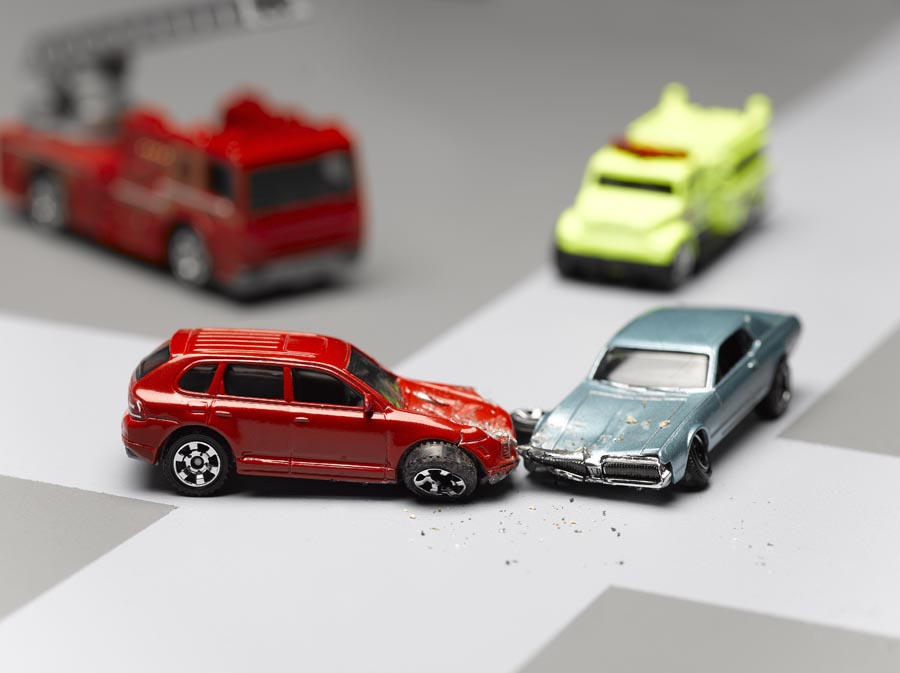
Grade 4, Module: Egg Racers
Module Anchor Phenomenon: Child A can only see the Sun out of their window in the morning. Child B can only see the Sun out of their window in the afternoon. What patterns do we observe in the sky?
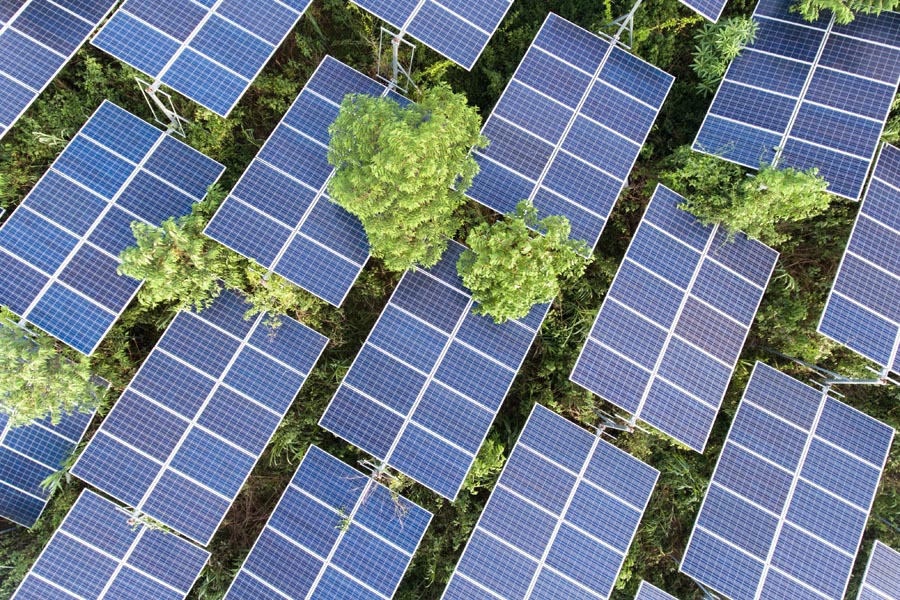
Grade 4, Module: Sparks Energy, Inc.
Module Anchor Phenomenon: We can use models to help us find Ruthie’s new home in the San Francisco Bay Area. How can we understand and describe the land and water on Earth?
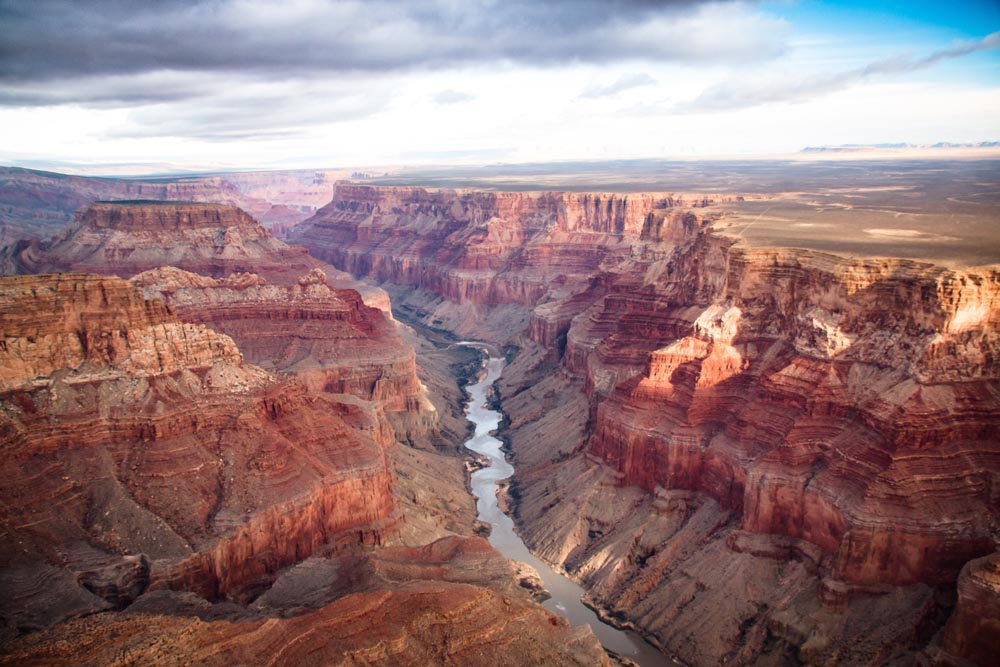
Grade 4, Module: Time-Traveling Tour Guides
Module Anchor Phenomenon: Two mystery substances are mixed in two different containers, both covered by a balloon. One mixture has no reaction, but the other causes the balloon to inflate. What is matter made of?
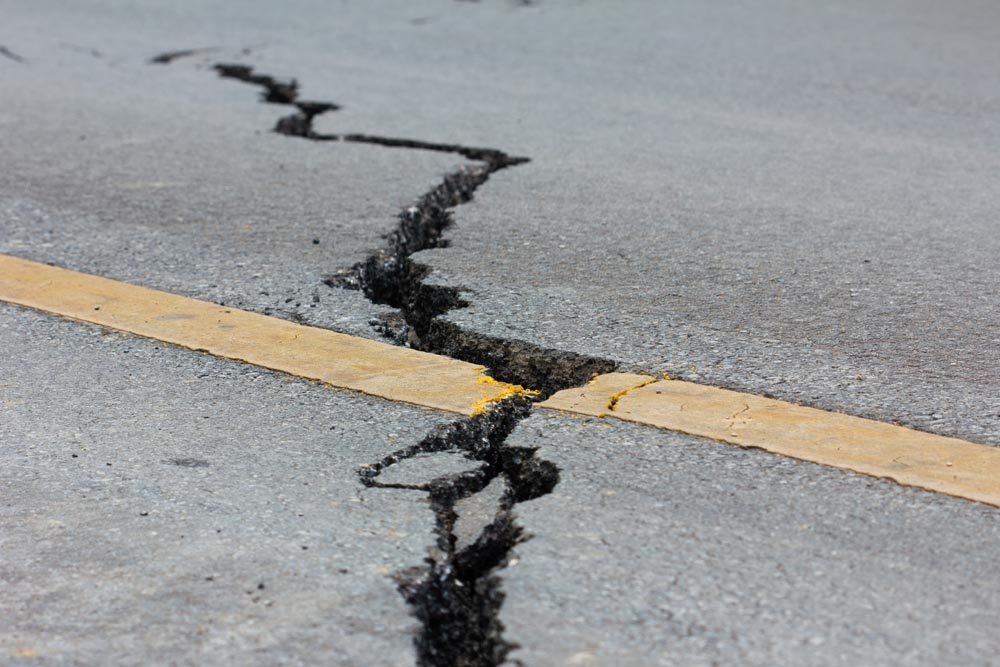
Grade 4, Module: Earthquake Engineering
Module Anchor Phenomenon: San Francisco City Hall and the Transamerica Pyramid suffered different levels of damage in the 1989 Loma Prieta earthquake. How can we reduce the damage caused by earthquakes?
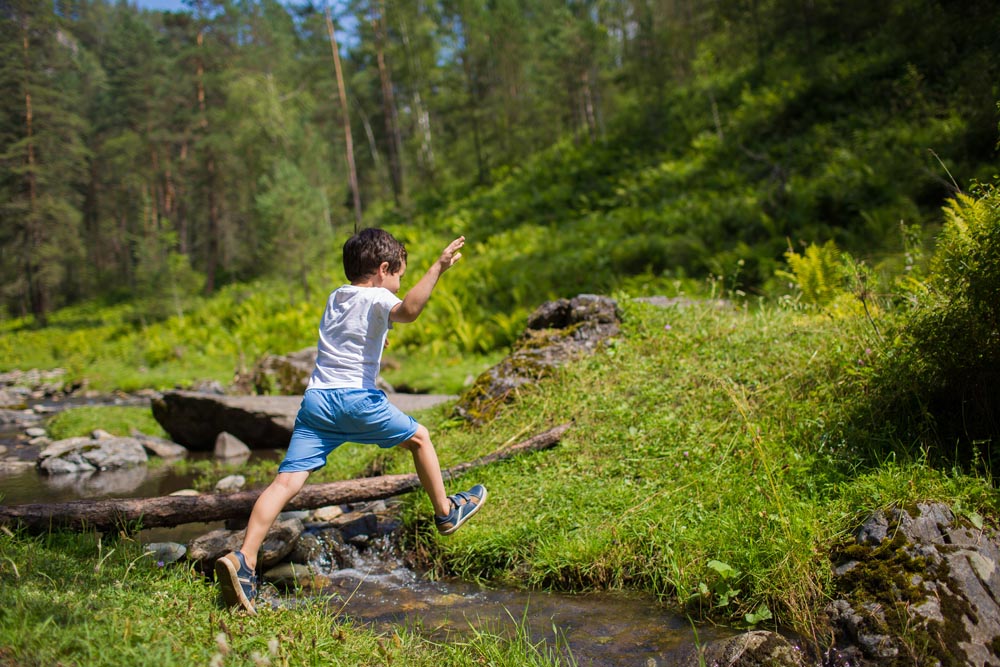
Grade 4, Module: Super Survivors
Module Anchor Phenomenon: Humans can use their senses to avoid bear attacks. How do the many parts of my body work together to help me live in the world? Communication involves transferring information through waves or signals.
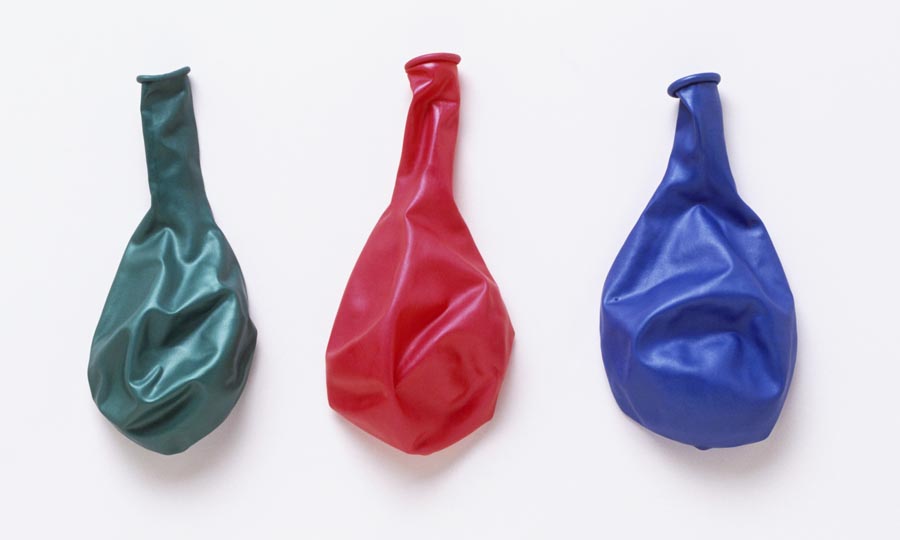
Grade 5, Module: Matter Mysteries Hotline
Module Anchor Phenomenon: Two mystery substances are mixed in two different containers, both covered by a balloon. One mixture has no reaction, but the other causes the balloon to inflate. What is matter made of?
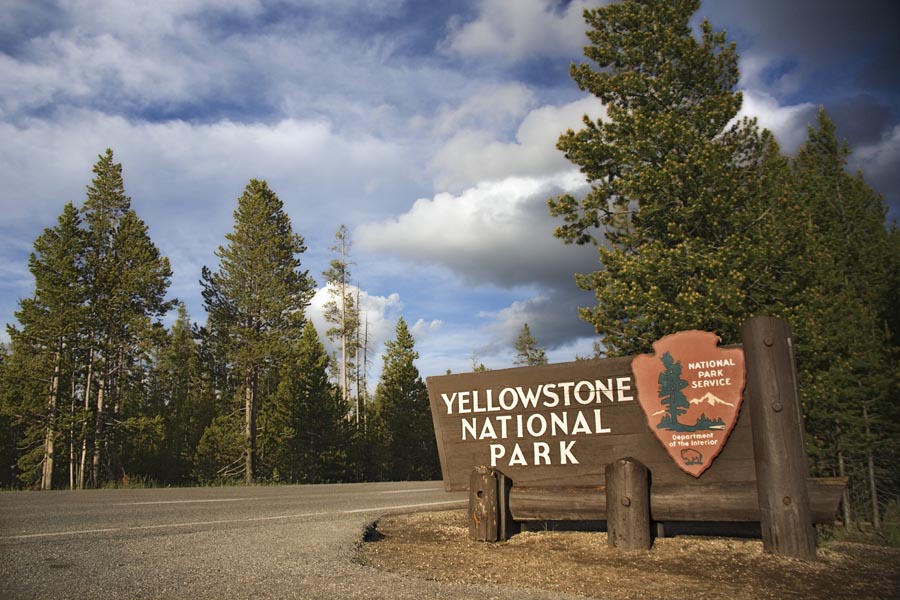
Grade 5, Module: Yellowstone: Uncovered
Module Anchor Phenomenon: Between 1996 and 1999, the beaver population in Yellowstone National Park’s Northern Range was made up of only 1 beaver colony. Over the following decade, the number of beaver colonies in the park rose steadily, and by 2009 there were 12 beaver colonies recorded in the Northern Range. How do matter and energy move through an ecosystem?
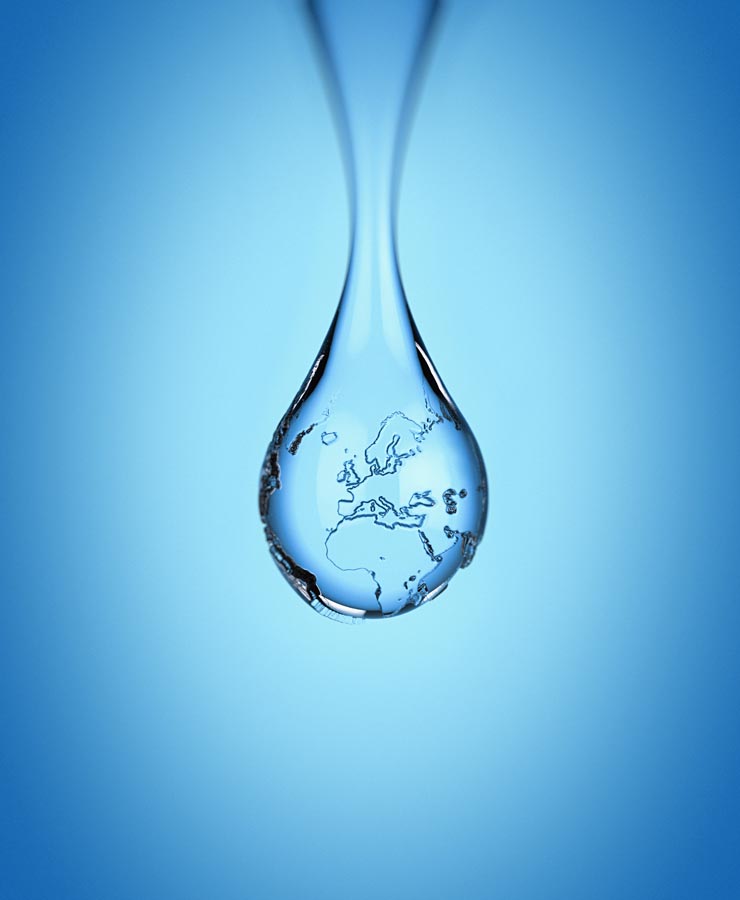
Grade 5, Module: H2O Response Team
Module Anchor Phenomenon: The Pacific Ocean is providing San Diego County with an increasing amount of fresh water. Why do some places lack fresh water and what can we do to protect it?

Grade 5, Module: Galactic Guidebook
Module Anchor Phenomenon: We can use the constellation of Orion to help us navigate at certain times of year. What patterns do we notice when we observe the sky?
Return to